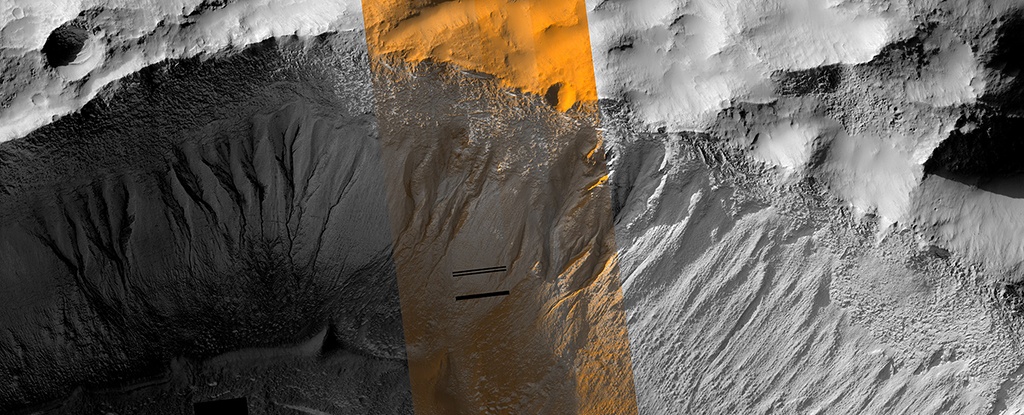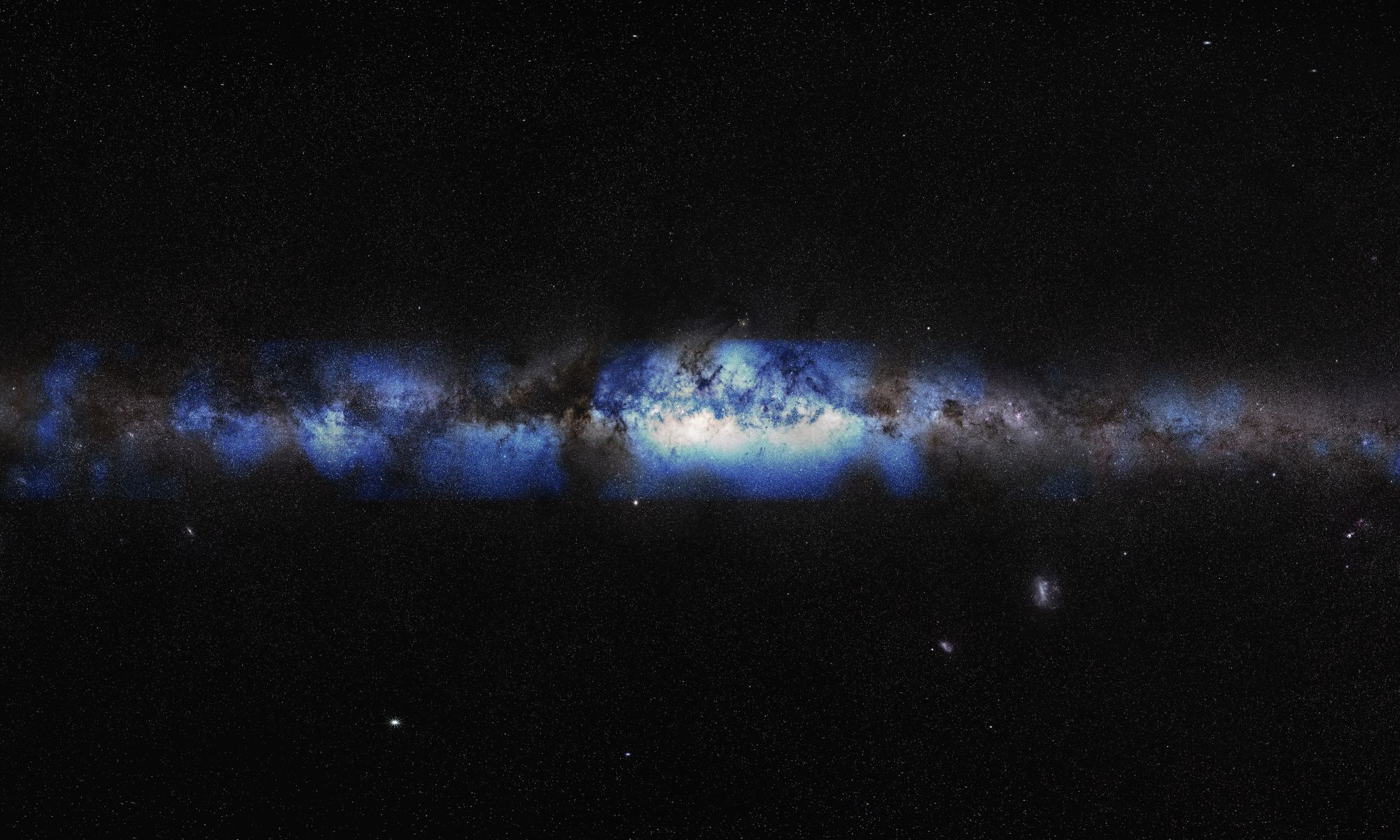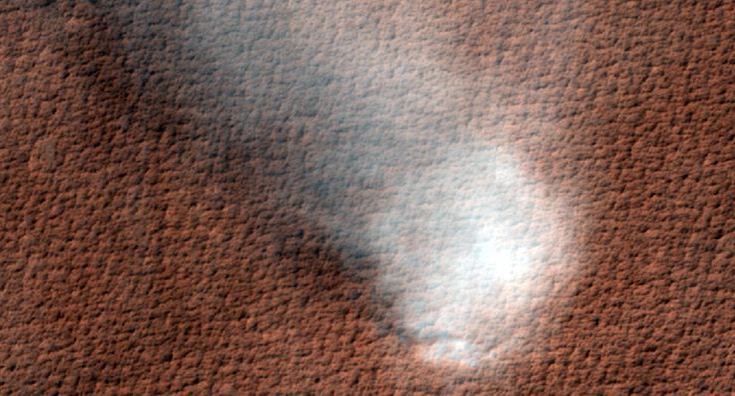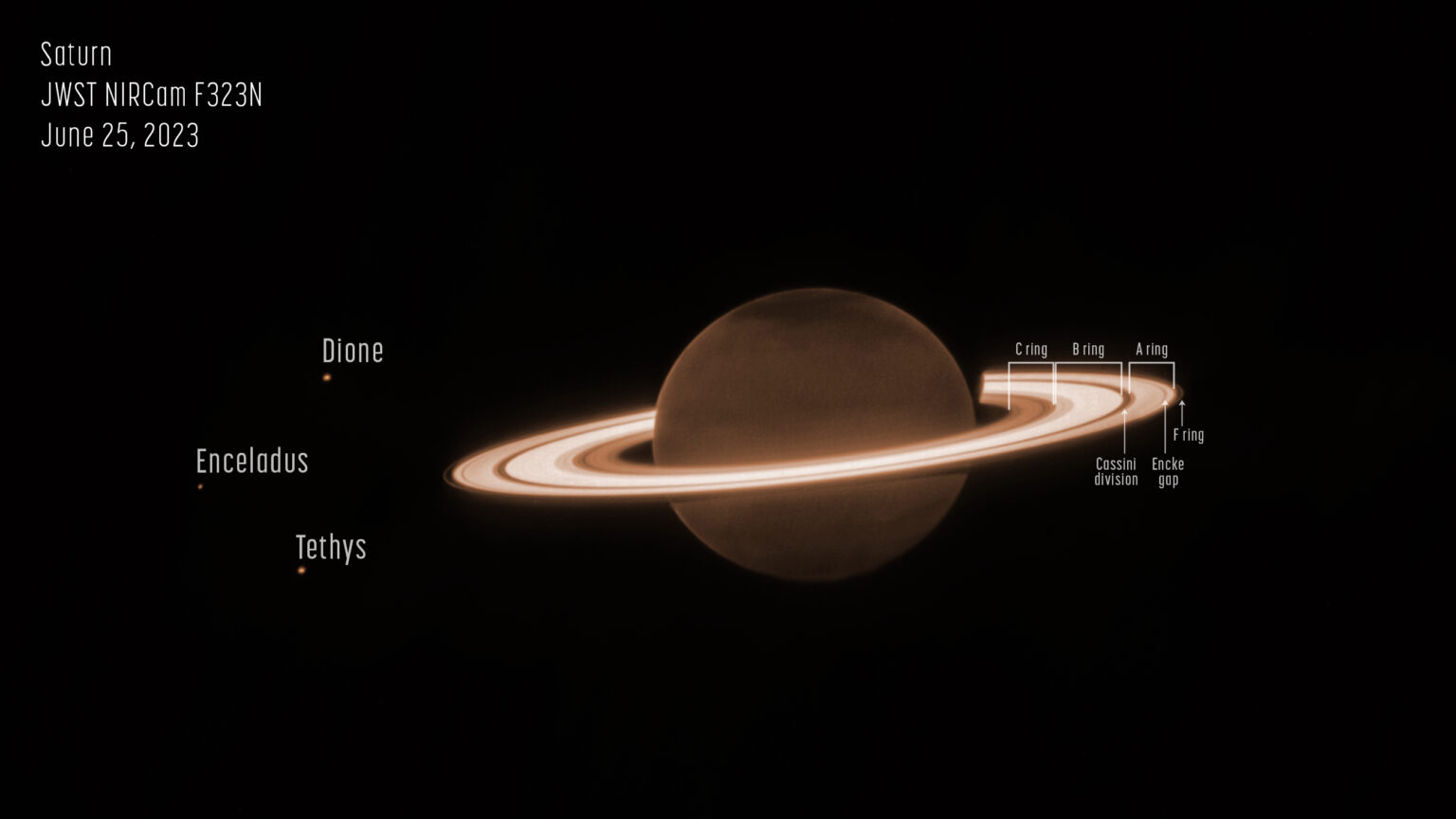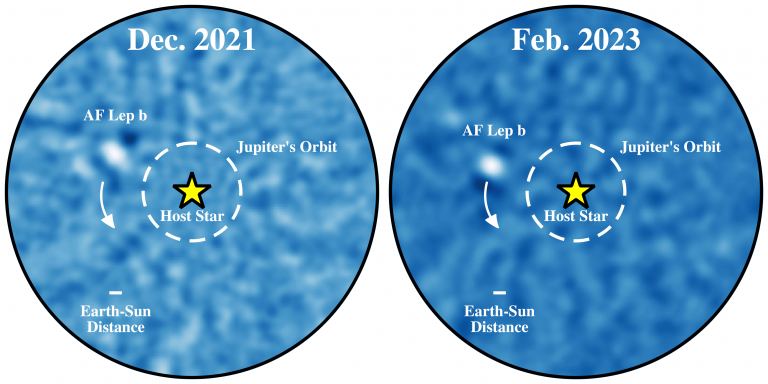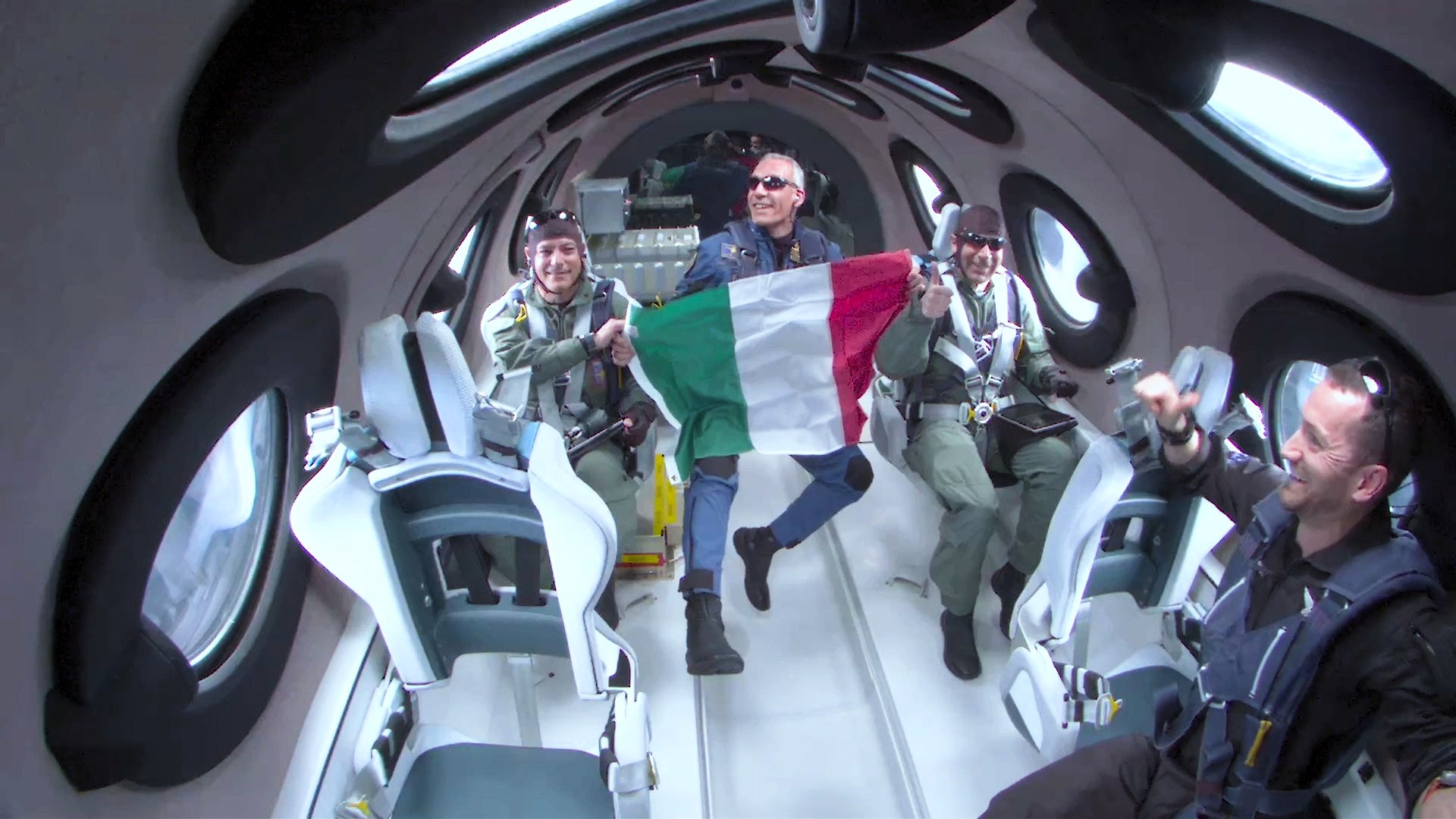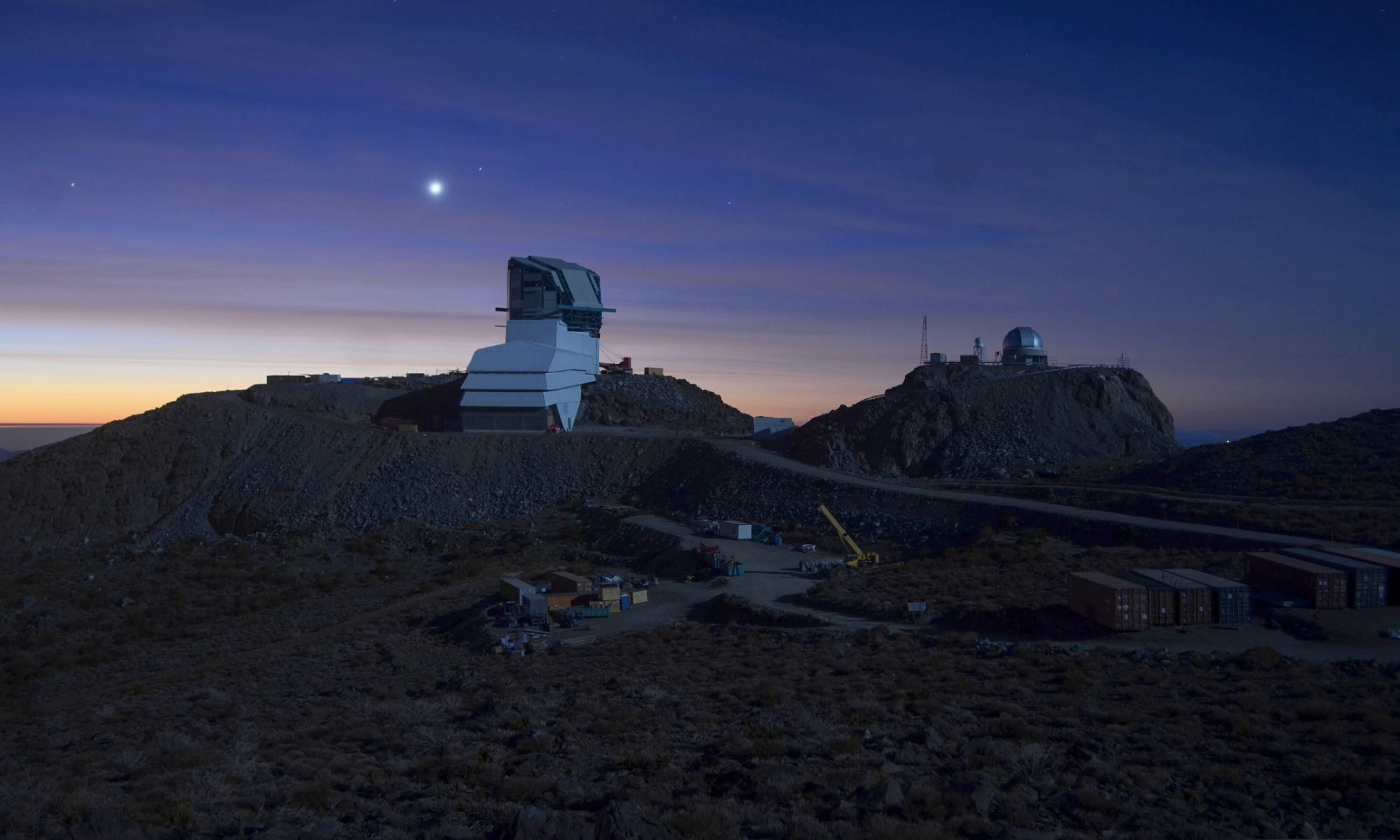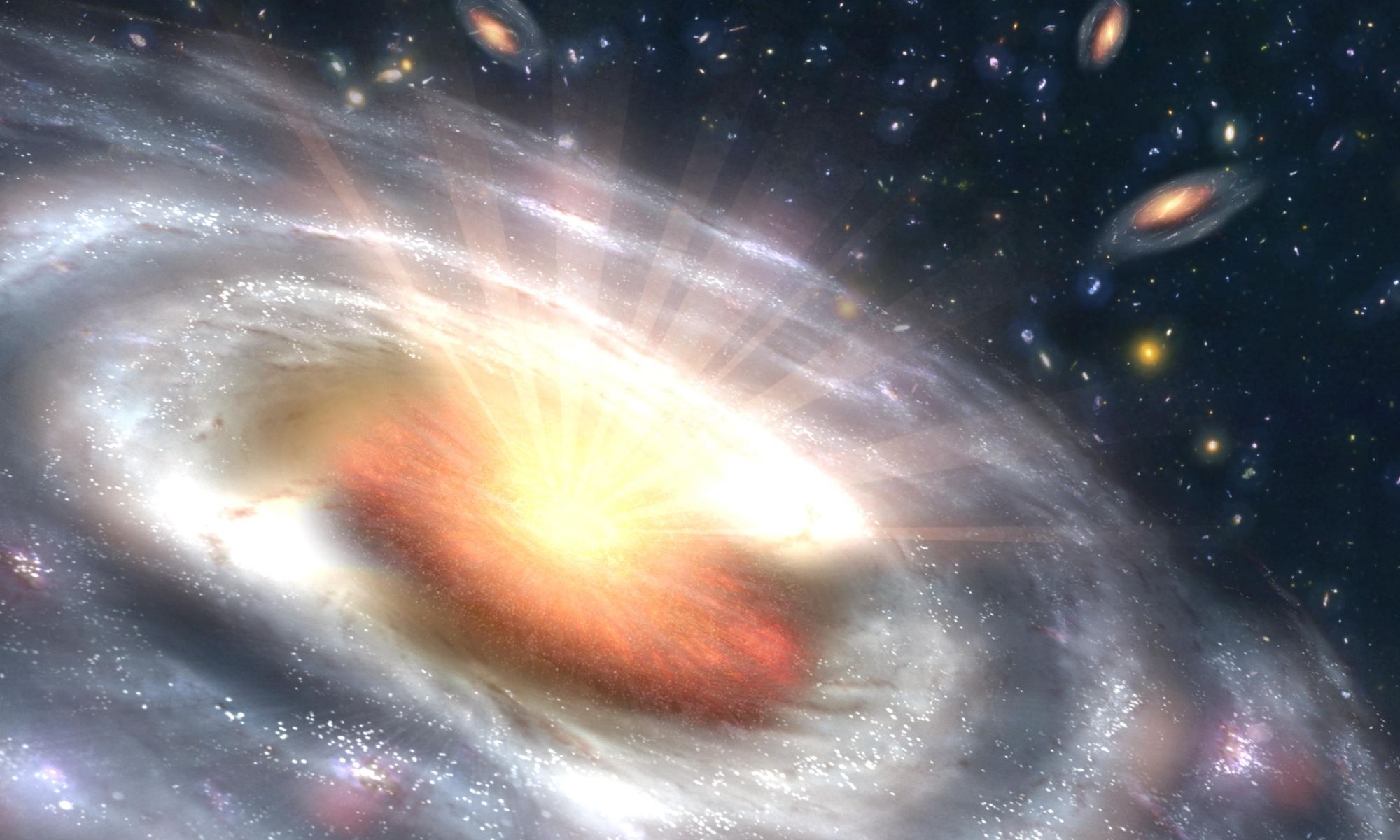An independently appointed review board recently announced that NASA, their Jet Propulsion Laboratory (JPL), and the California Institute of Technology (Caltech) have exceeded expectations in taking steps to ensure the successful launch of the metal-rich-asteroid-hunting Psyche mission this October. This comes after Psyche’s initial launch date was delayed from August 2022 due to late delivery of the spacecraft’s flight software and testing equipment, which prevented engineers from performing the necessary checkouts prior to launch.
Continue reading “Psyche Mission Passes Independent Review Board with Flying Colors”Psyche Mission Passes Independent Review Board with Flying Colors


